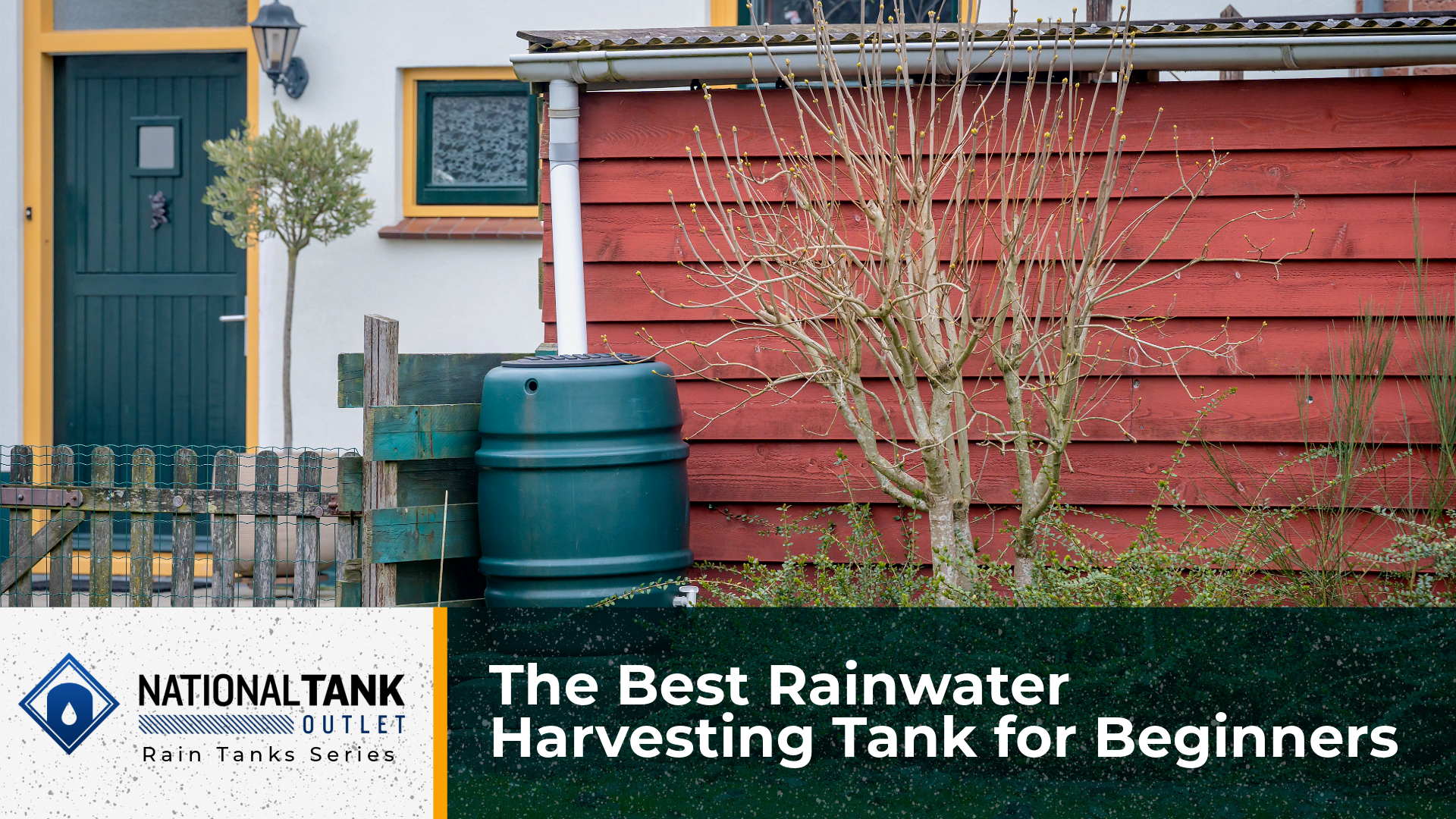
Rainwater harvesting is an eco-friendly practice that not only helps conserve water but also reduces your utility bills. It has gained recognition for its practical benefits and uses, particularly among people focused on conservation and disaster preparedness. While it may seem straightforward, diving into rainwater harvesting without the right information can lead to common mistakes like using the wrong equipment or facing cleanliness issues. One frequent mistake for beginners is starting with an overly complex setup. This guide aims to simplify your journey into rainwater collection by focusing on selecting the ideal tank for beginners. Learn how to avoid pitfalls, keep your water clean, and make the most out of your rainwater harvesting system.
Benefits of Rainwater Harvesting
Rainwater harvesting offers several compelling advantages for both the environment and homeowners. It reduces strain on municipal water systems, lowers water bills, and provides an eco-friendly way to water plants, wash cars, and care for animals. For beginners, it’s an excellent entry point into sustainable living. Starting with the right tools — like an appropriately sized rain barrel — can make a massive difference in achieving a seamless setup.
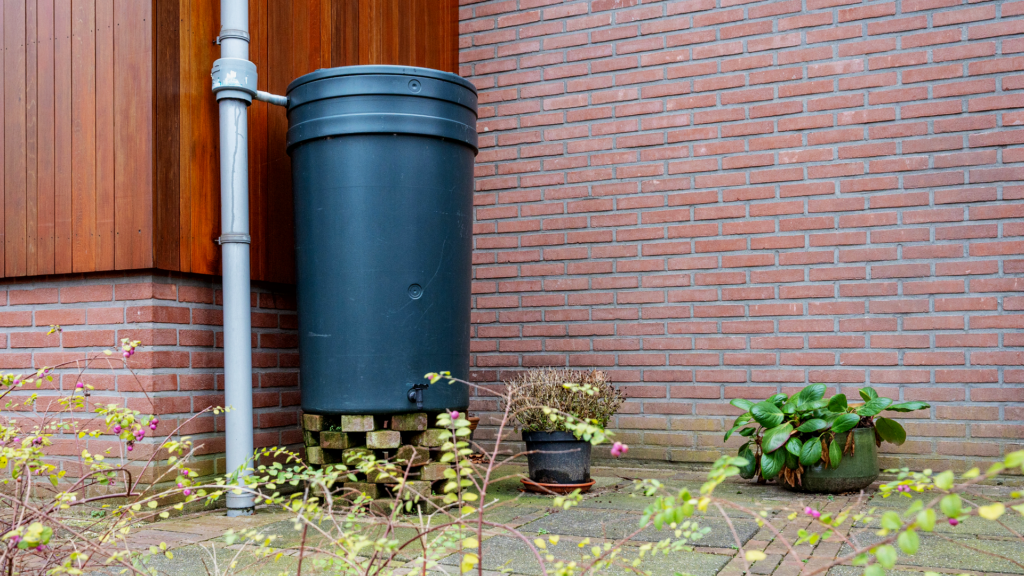
Choose the Right Size
When selecting a rainwater harvesting tank, size matters. Bigger tanks might seem appealing, but for beginners, smaller systems simplify maintenance and ensure water is used promptly, which reduces the risk of stagnation or contamination. Most homeowners use harvested rainwater for tasks like gardening, animal care, or washing. For such uses, a small capacity collection system, such as rain barrels that hold 100 to 200 gallons, will work perfectly. These are ideal for quick usage rather than long term storage and makes them an excellent choice for novices.
Keep Your Harvest Clean
Preventing contaminants in your rainwater is important for its usability. An open tank invites debris like leaves, insects, and bird droppings, which can cause bacterial buildup as they decompose. To avoid this, always use a screened or filtered system.
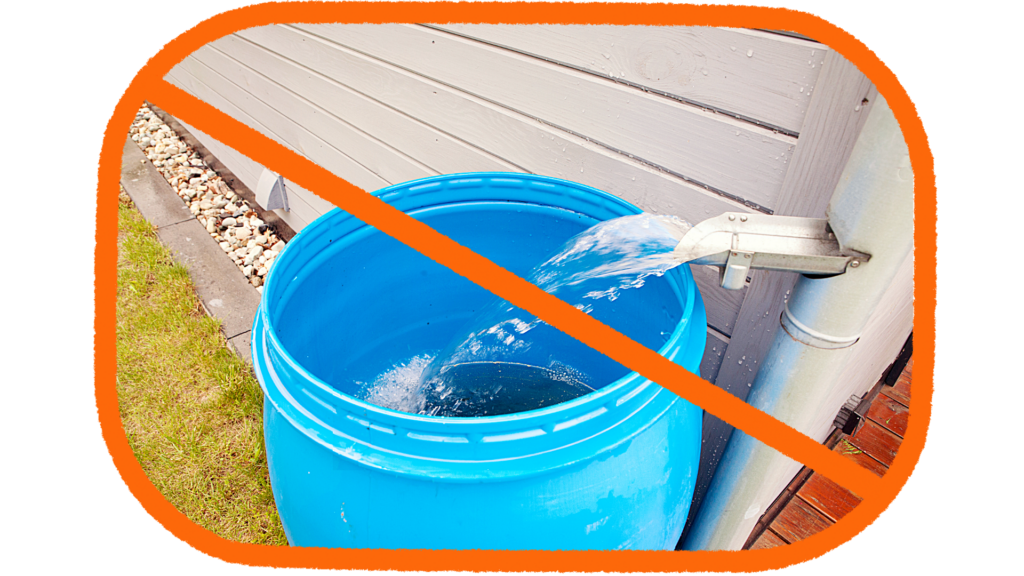
High quality rain barrels typically include a full cover with a meshed screen inlet to block leaves and other large debris while allowing water to flow freely. This is especially important if you plan to use rainwater for drinking, whether for humans or animals, or for household applications. Note, further purification will be necessary for human use or indoor applications.
Start with a Dry System
If you’re new to rainwater harvesting, a “dry system” is the simplest option. This involves placing rain barrels directly under your gutter’s downspouts to collect runoff from your roof. A dry system requires minimal setup and maintenance, making it a great way for beginners to get started. By definition, a dry system does not keep water in any of the parts carrying rainwater to the harvesting tank and so is “dry” whenever the rain stops. Most rain barrels feature compact designs that fit easily around the exterior of homes, garages, barns, or sheds so little to no extra plumbing is needed. And you can always install multiple barrels at different downspouts to increase your total collection capacity.
What to Look for in a Rain Tank
Not every water storage tank is suitable for rainwater harvesting, so choose a rain tank specifically designed for this purpose. High quality containers are typically made of durable polyethylene, a material approved by the FDA for water storage, ensuring safety even for human consumption. For better water quality, choose dark colored tanks in black, green, or beige as these colors help block sunlight and reduce algae growth.
The highest quality rainwater harvesting tanks, such as those offered by the National Tank Outlet, are certified by the American National Standard Institute (ANSI) and the National Sanitation Foundation (NSF). These independent certifications verify the tank is made using high grade materials and is approved safe for long term handling freshwater intended for human consumption. The top standard to look for in water tanks is the ANSI/NSF 61 certification.
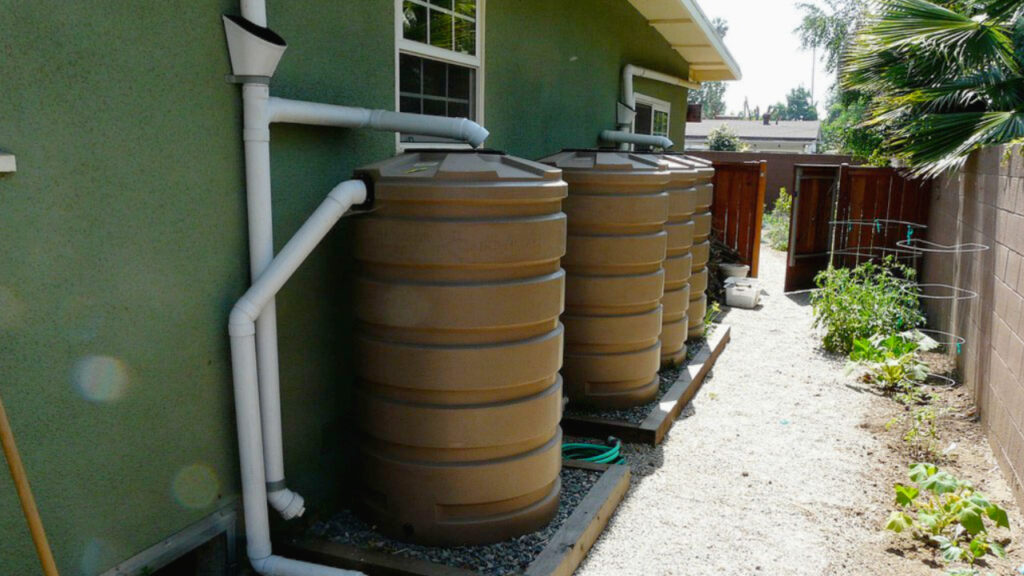
Modern rain tanks also come with convenient features, such as secure lids to prevent spillage, threaded outlets for attaching hoses, and spigot style valves for controlled use. Some models even offer flexible screening options to adapt to your collection system. Many rain tanks come with a built-in overflow outlet for connecting hoses or pipes to drain rainwater away from the tank when it is full. With a range of sizes available — from small 90 gallon barrels to large 5000 gallon models — you can easily find one that suits your needs and available space.
Other top quality material choices include galvanized steel rain tanks and stainless steel rain tanks. When space is limited, consider a slimline rainwater tank. These rectangular tanks have a minimal width that greatly shrinks the amount of land space they need for placement.
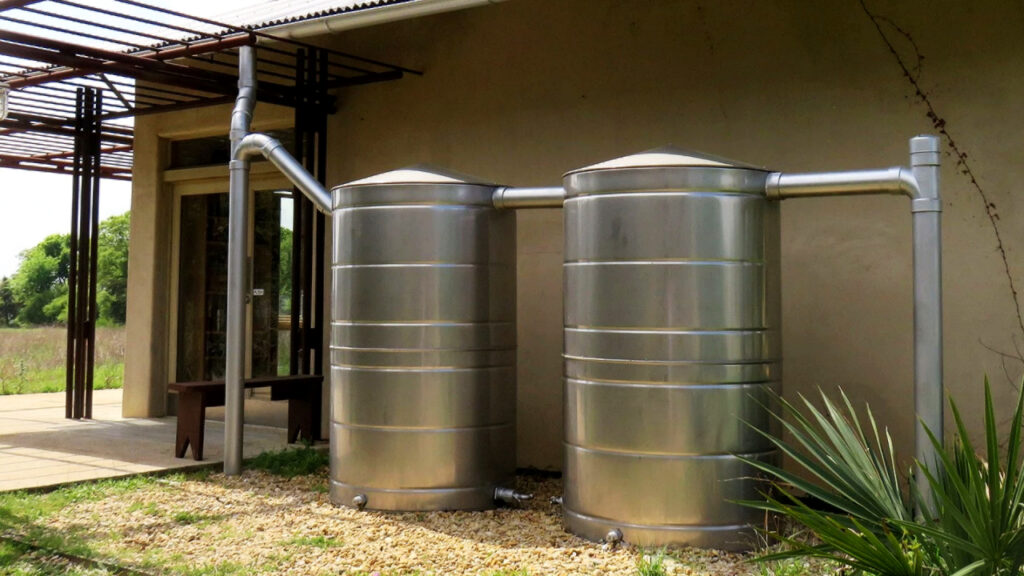
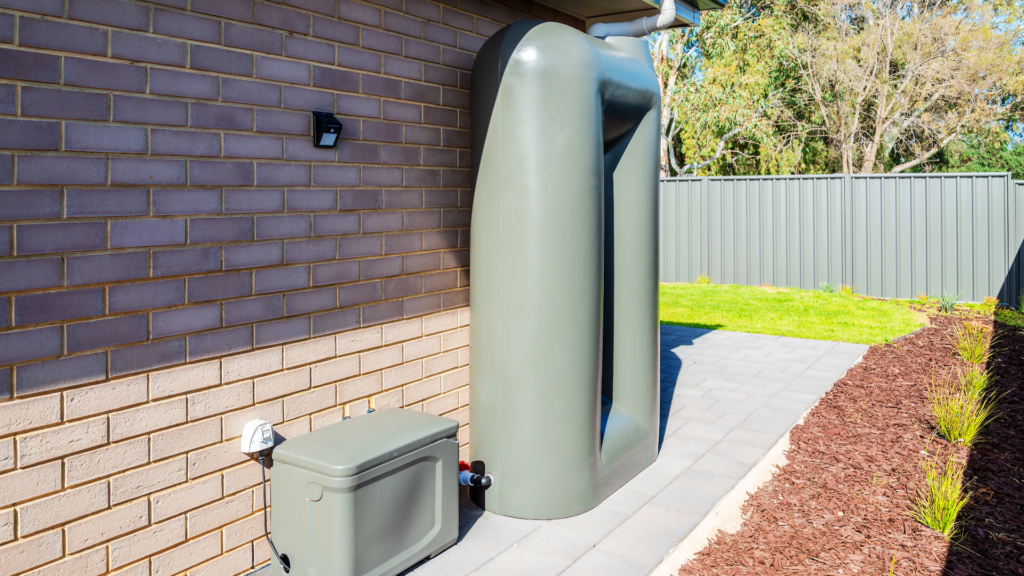
Make Rainwater Harvesting Easy
Rainwater harvesting doesn’t have to be complicated. By starting small and choosing the right equipment, you’ll be well on your way to creating an efficient system that supports your water conservation efforts. Rain barrels and small rain tanks are beginner friendly, cost effective, and simple to maintain, making them an excellent choice for anyone new to this sustainable practice.
Whether you’re looking to lower utility bills or prepare for emergencies, rainwater harvesting is a smart and practical solution. If you’re ready to get started, make sure to select a high quality rain barrel that meets your needs. Check out our Rain Tanks Series for more information on everything rainwater harvesting. Visit our website to choose the perfect tank and start building your first rainwater collection system.